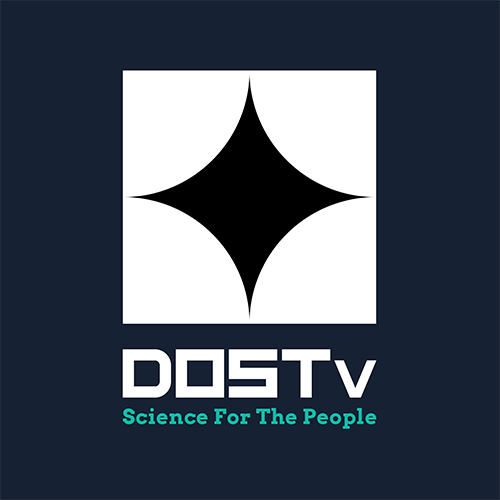The Department of Science and Technology held the 8th National Research and Development Conference (NRDC) from July 23 to 24, 2025. Themed “R&D: Building Better Lives,” the event showcased the locally developed and supported research and development outputs and products aimed at giving science-based solutions to the country’s pressing concerns.
As the country braces for the effects of typhoons, the DOST highlighted high-impact R&D programs like the Disaster Risk Reduction Management in Health (DRRM-H) Program of the University of the Philippines Manila, funded under the DOST Niche Centers in the Regions (NICER) for R&D Program. The program established a facility offering state-of-the-art disaster simulation trainings to strengthen disaster preparedness and mitigation planning, and disaster response execution.
Among the health technologies featured is the locally developed leptospirosis and schistosomiasis detection kit, designed to support timely diagnosis and response in flood-prone communities. The Schist-On-Site™ and Lept-On-Site™ are rapid on-site test kits that utilize biosensors to identify pathogenic strains of Schistosoma japonicum and Leptospira spp. in environmental and floodwater.
For nutrition, the 8th NRDC featured the Hunger and Malnutrition Heatmap to visualize the hunger and malnutrition landscape across the country. This digital innovation is designed to identify areas with the greatest need to enable policymakers in allocating resources more efficiently and planning targeted interventions in reducing food insecurity and improving nutrition outcomes nationwide.
Additionally, the Healthy Aging Program for Pinoy (Happy) Program and the Development and Pilot Scale Production of Innovative Food Products for Older Male and Female Filipinos are aimed at developing food products that meet the nutritional needs of Filipino senior citizens, particularly in addressing muscular and cognitive decline. This initiative underscores the relevance of providing accessible and nutritious options to support the health and well-being of the elderly population.
On the aspect of wealth creation, the DOST also features the Aerocomp, a lightweight and ergonomically designed body armor made from natural and synthetic materials developed by researchers from the University of the Philippines Diliman. It is among the 16 spin-offs established through the Funding Assistance for Spin-off and Translation of Research in Advancing Commercialization (FASTRAC) of the DOST-PCIEERD which aims to bridge the gap between R&D and commercialization.
For sustainability, the DOST featured the Enhancement and Market Validation of LUNGSOD: A Link-Up of Geomatics and Social Science Research for the Development of Smart Cities. Developed by the University of the Philippines – Diliman, LUNGSOD is a Smart City solution catered for City Administrators to address the manual flow of operations and longer processing times in local government offices. It provides modular, scalable, and customizable solutions using the two main components: (1) City Command and (2) City Connect.
DOST Secretary Renato U. Solidum Jr. recognized the crucial role of private sector partners not only in R&D, but more importantly, in technology transfer and commercialization. “When all these are further strengthened and put together, we envision an innovation ecosystem that will bring a new wave of development strongly built on reliable and effective science, " explained Solidum.
On the other hand, DOST Undersecretary for Research and Development Dr. Leah J. Buendia believes that in a rapidly changing global landscape, it is through innovation that we can address our country’s most pressing challenges—from natural disasters and food security to healthcare, education, and economic resilience.
“By investing in R&D, supporting our scientists and innovators, and fostering a strong culture of collaboration, we can create solutions that are not only relevant to our local context but are also globally competitive. Innovation is not just a tool for progress—it is the engine that will power the Philippines toward a more prosperous and resilient future,” said Buendia.
Creating Enabling Environment for Filipino Researchers
Solidum shared that the DOST, with the support of the national government, is laying the groundwork for a thriving innovation ecosystem and is collaborating with various stakeholders to foster an environment where innovation can grow.
“We do this by setting up policy support for innovation, establishing key innovation infrastructures, building a cadre of STEM researchers and professionals who will steer R&D in the country, and enhancing our market and business sophistication to attract markets and investments for our R&D and technologies,” said Sec. Solidum
The DOST Secretary shared that the department operationalized this mainly through DOST’s flagship Grants-in-Aid program that has been supporting STI programs and projects that align with the Harmonized National Research and Development Agenda (HNRDA).
"Many of these projects have resulted in new technologies and products that are now benefiting people and industries in various sectors in the Philippines and abroad. Some of these projects have also helped build national capacities in scientific fields critical to national development, and even led to the creation of key national institutions,” said Sec. Solidum.
For more information, visit https://nrdc.dost.gov.ph/ or follow the official Facebook pages of DOST Philippines and DOST Research and Development.(By Allan Mauro V. Marfal, DOST-STII)
###

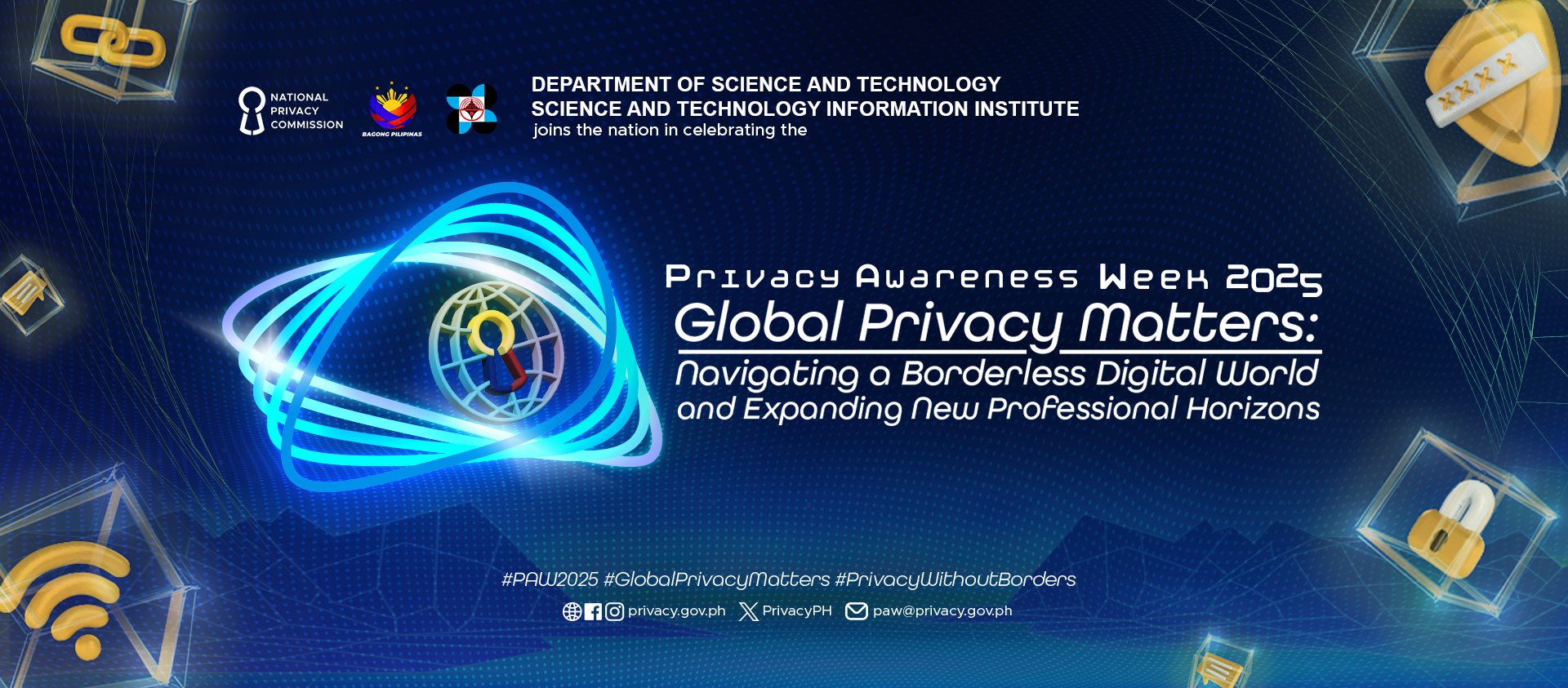
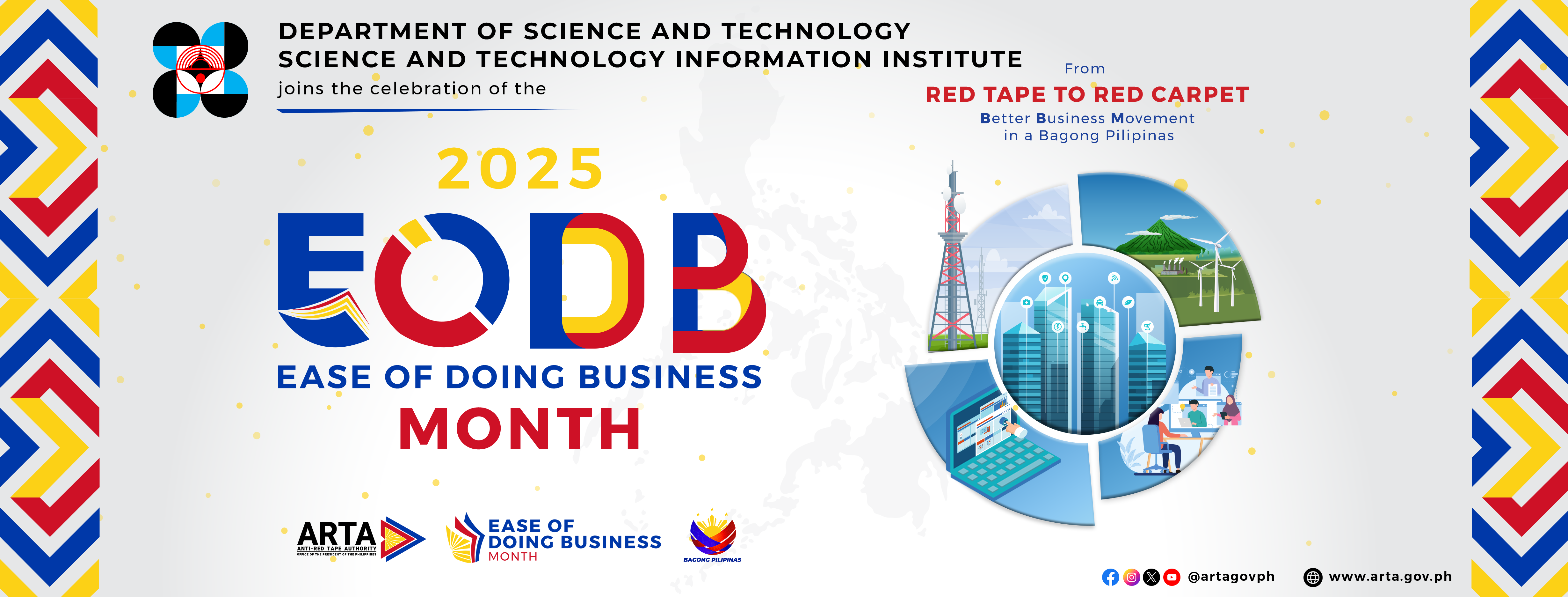
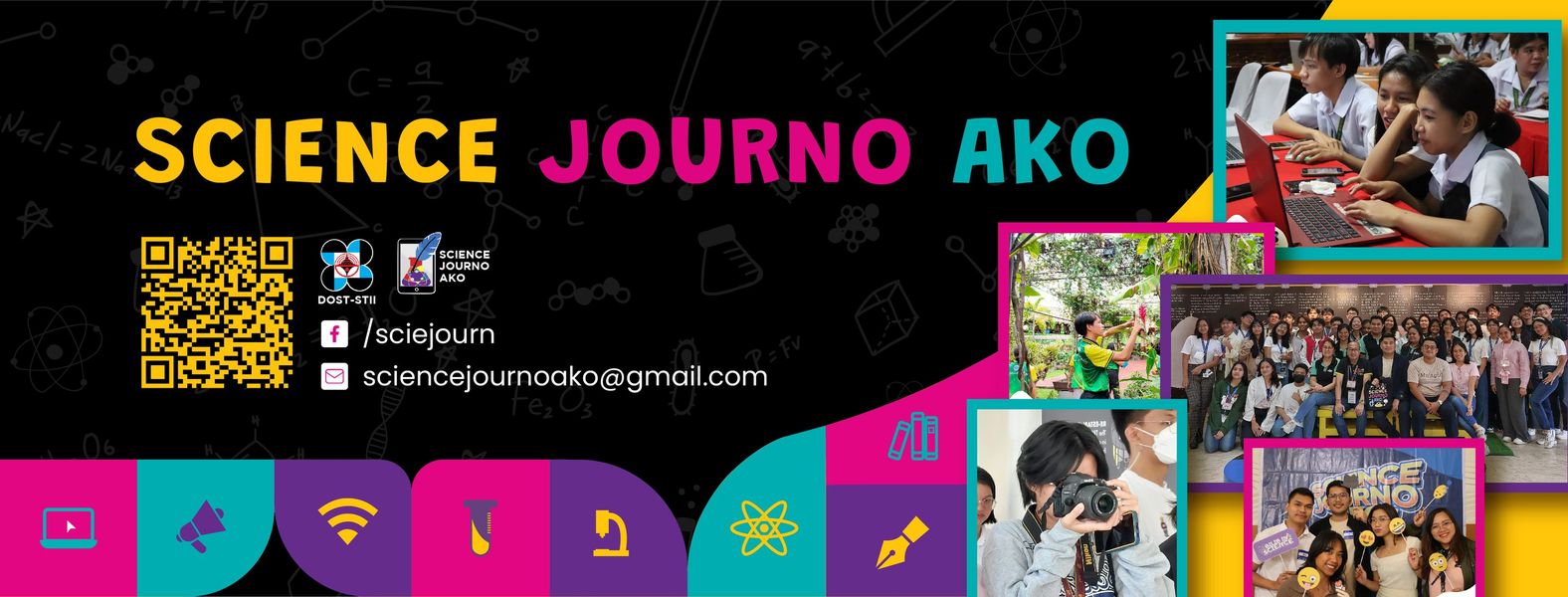
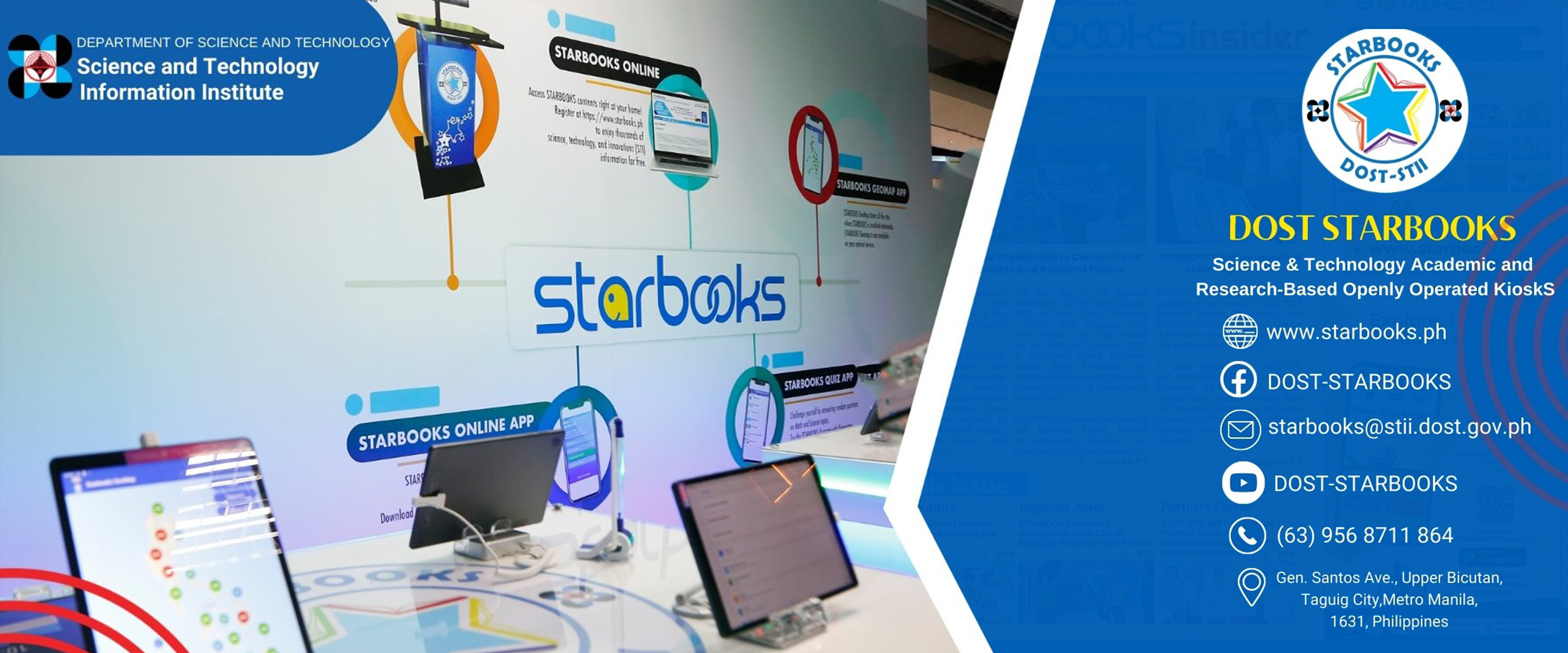
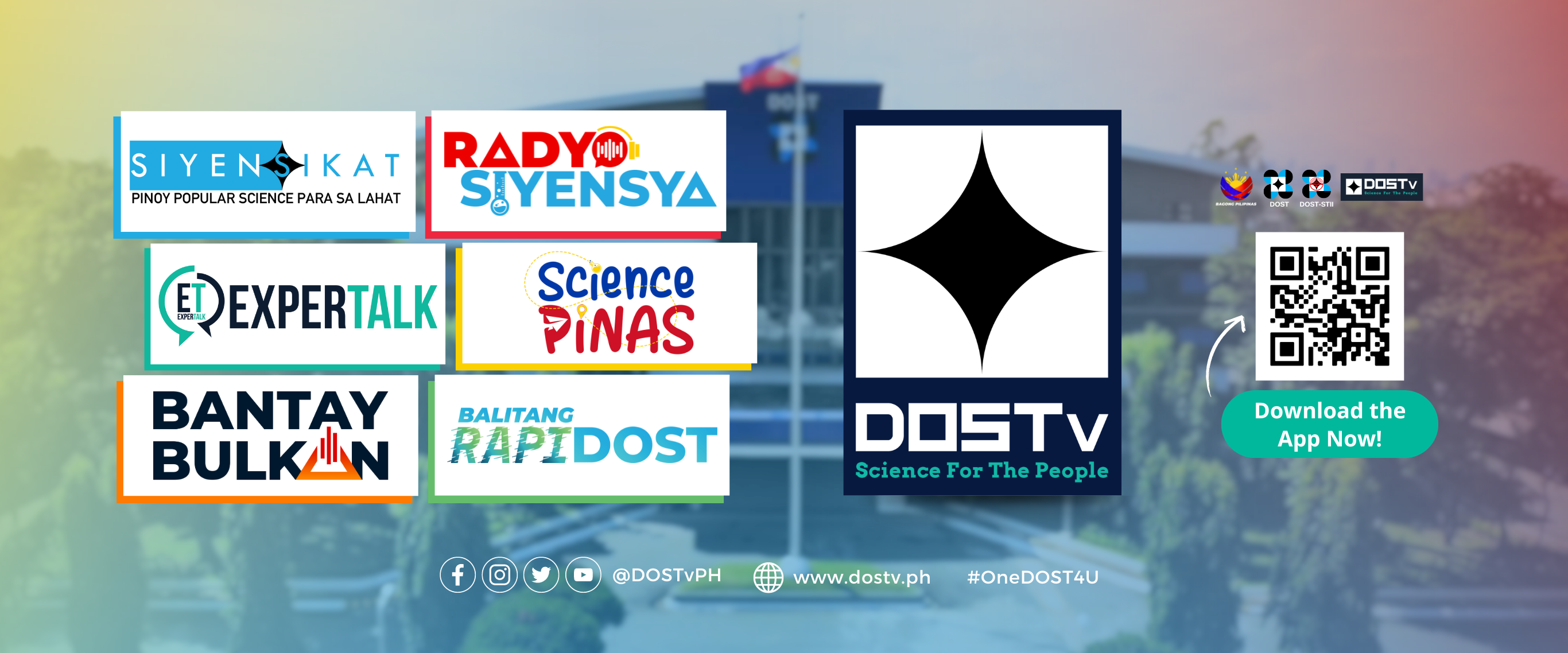

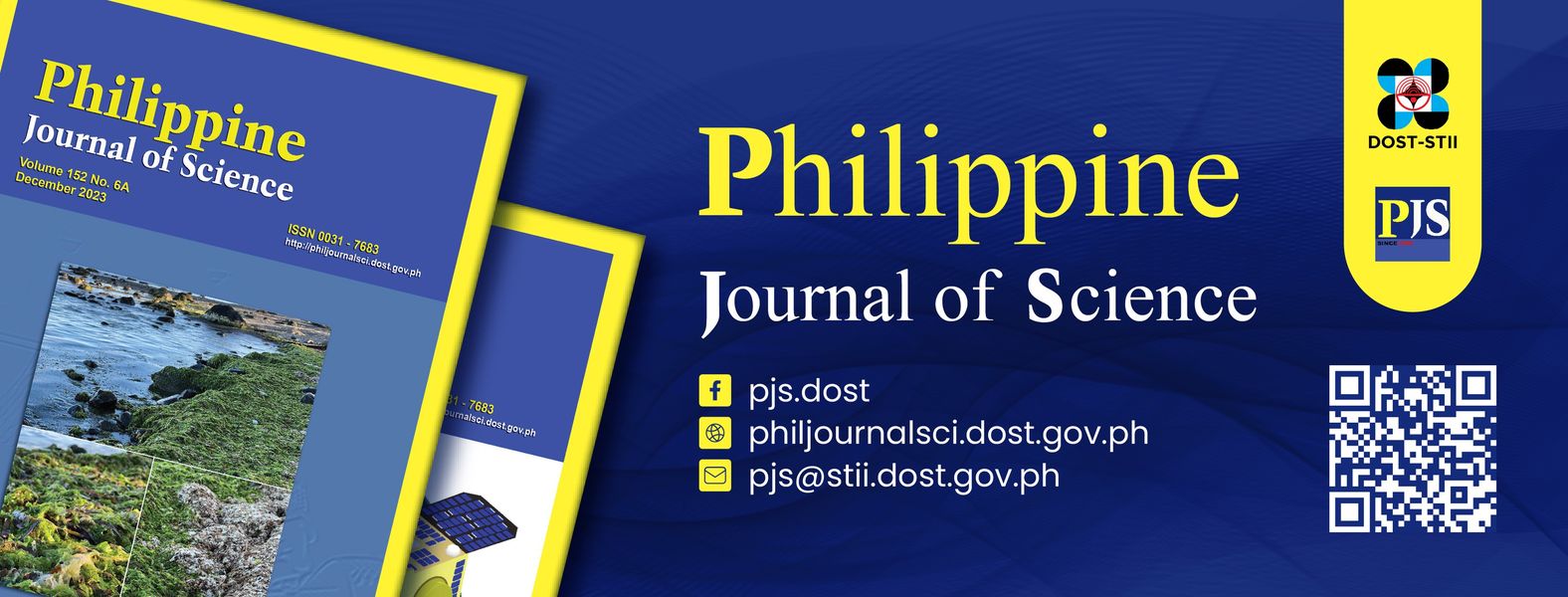
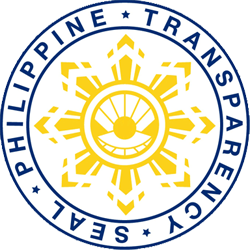
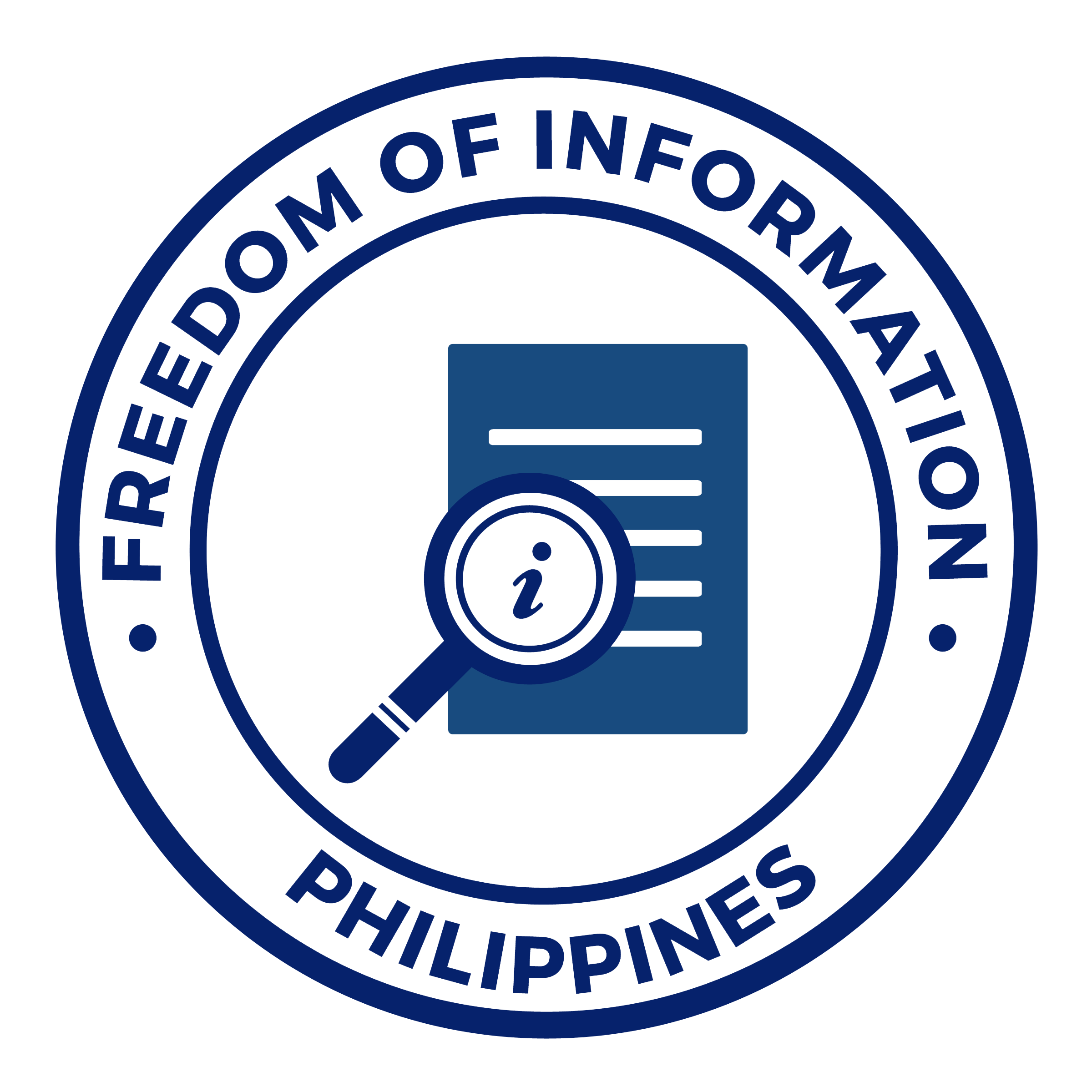


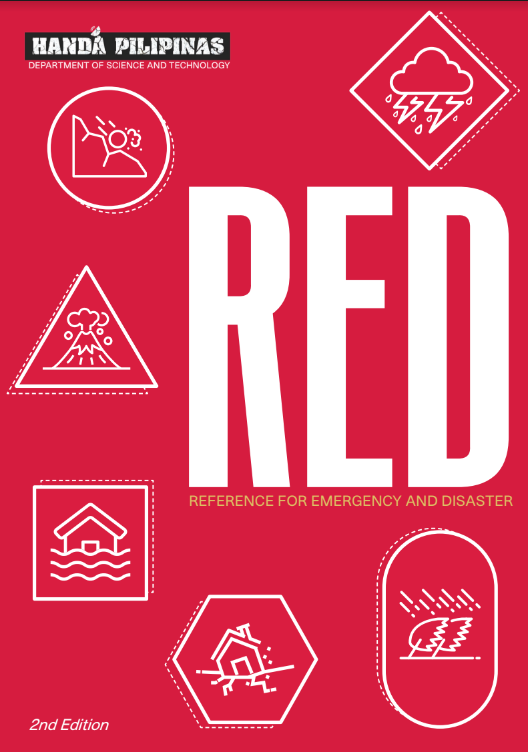
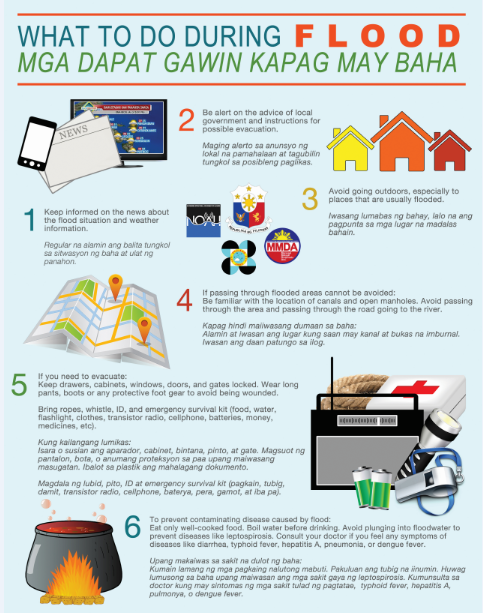
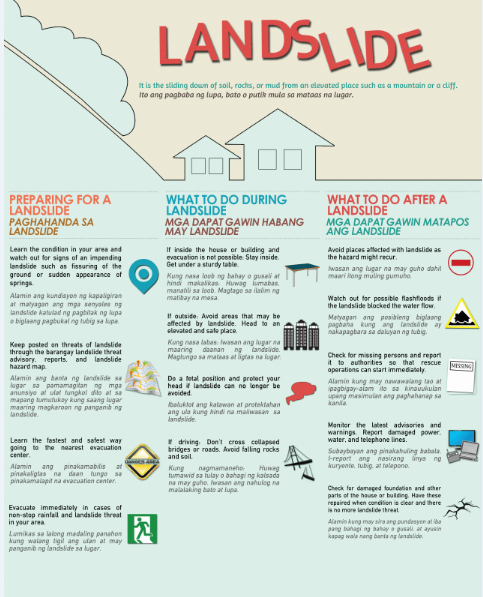
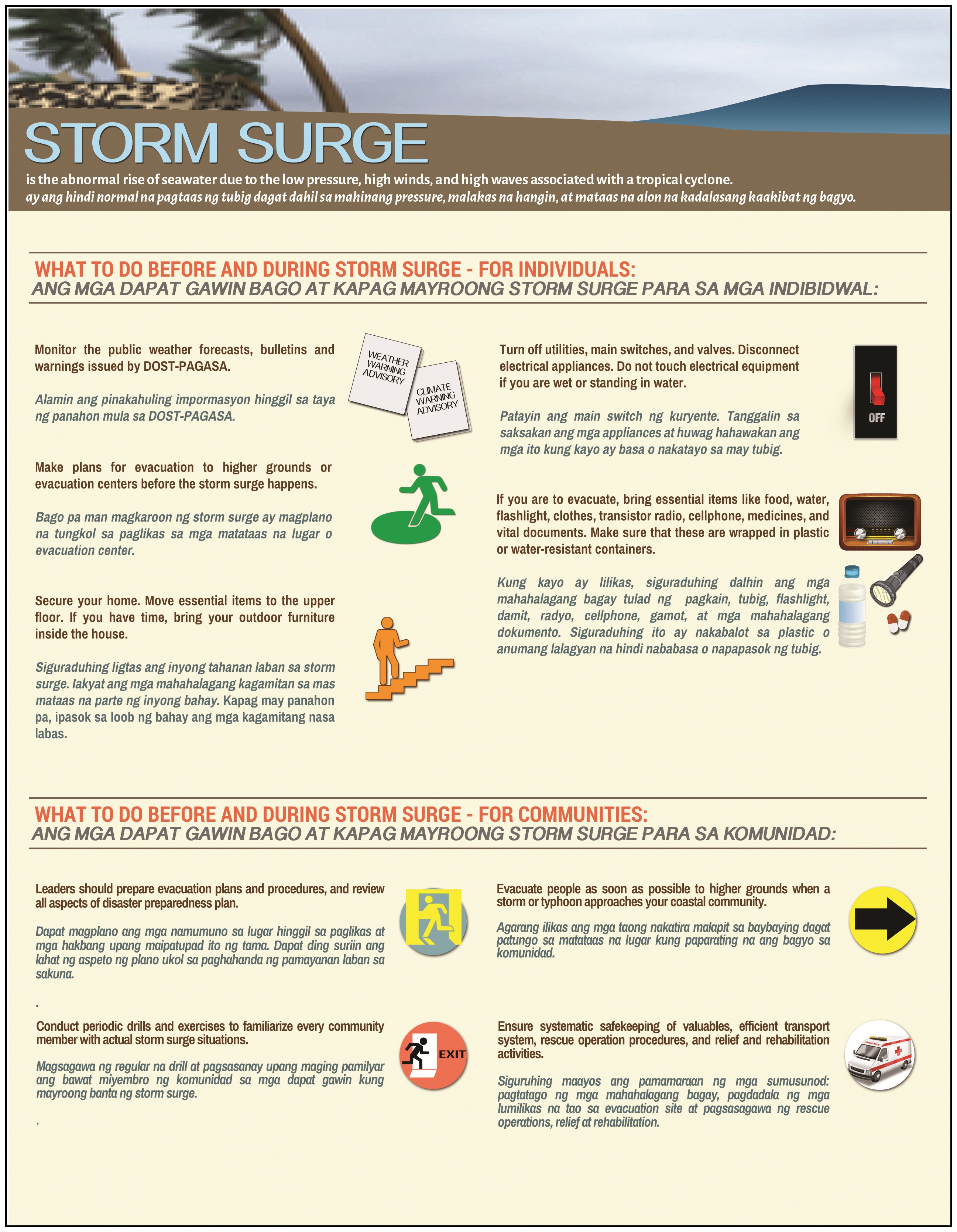
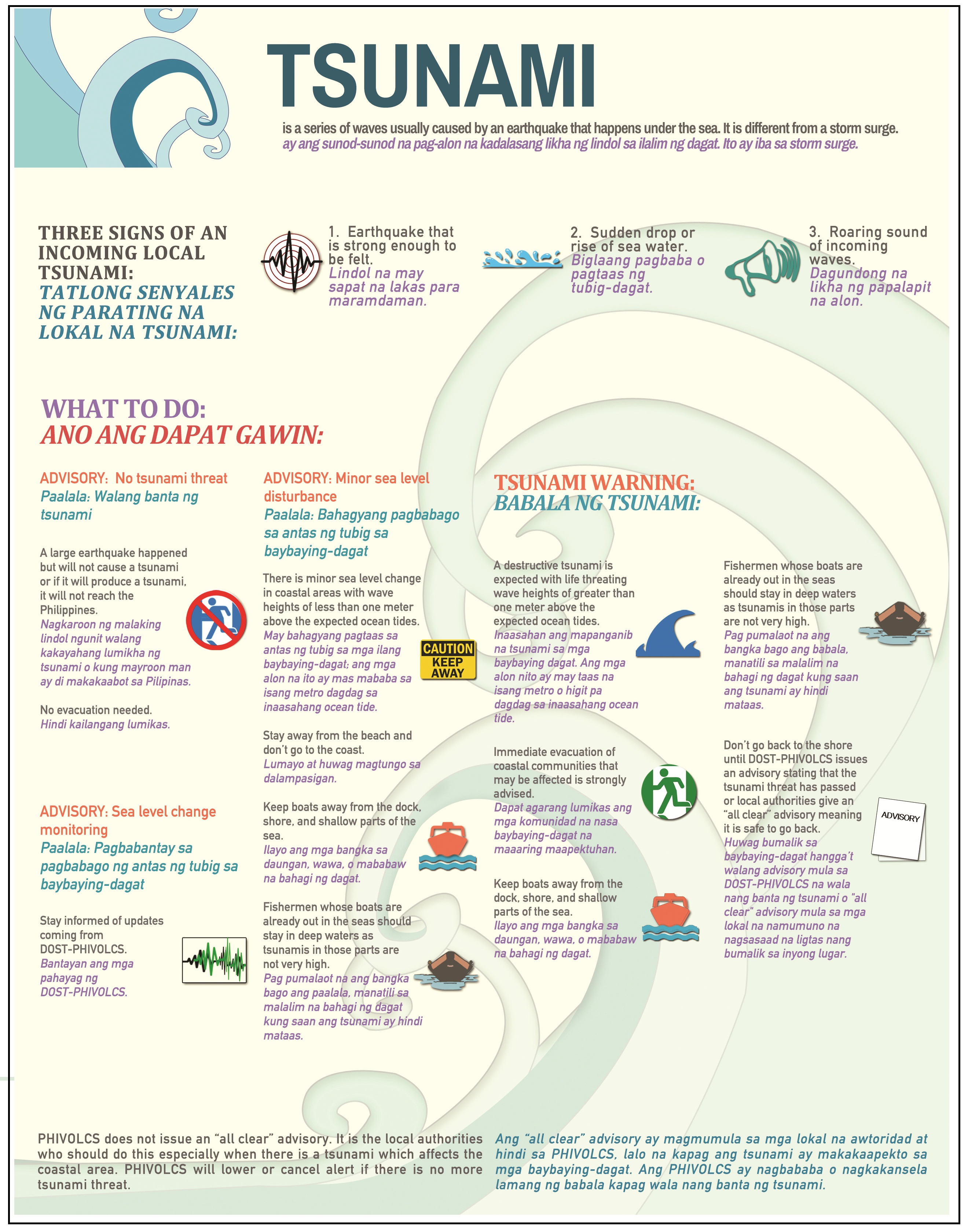
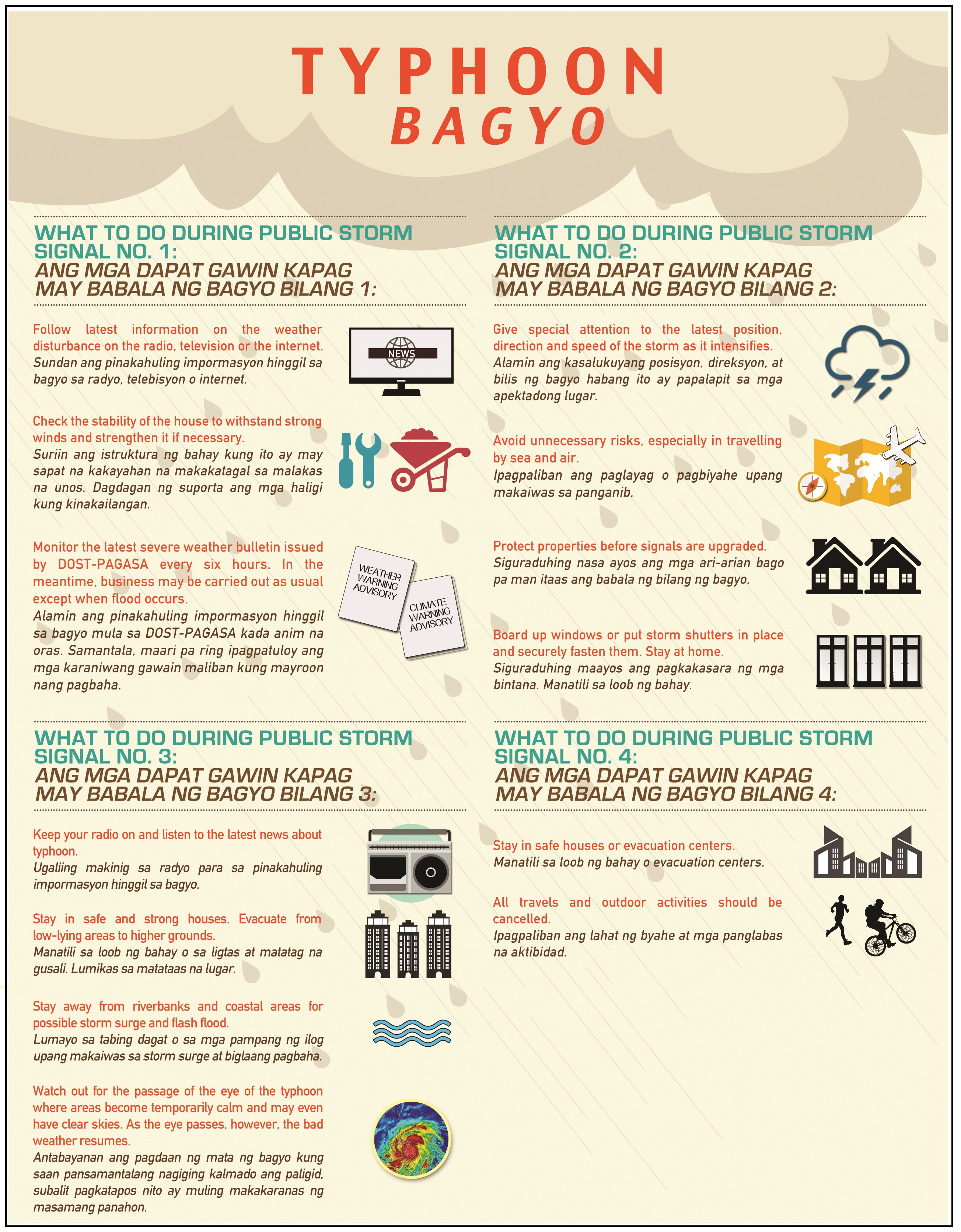
 21 in 2021 Technology Catalogue
21 in 2021 Technology Catalogue 21 in 2021 Technology Catalogue
21 in 2021 Technology Catalogue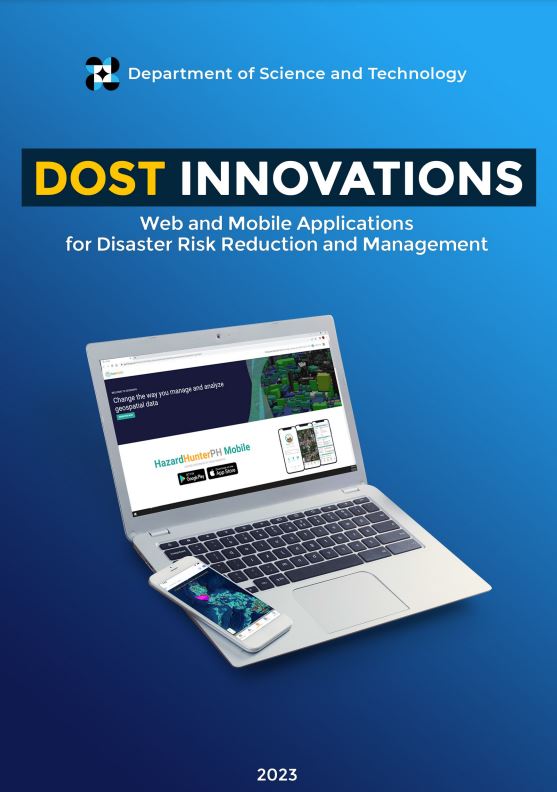 DOST Innovations - Web and Mobile Applications for Disaster Risk Reduction and Management
DOST Innovations - Web and Mobile Applications for Disaster Risk Reduction and Management